Monday, 12 April 2010

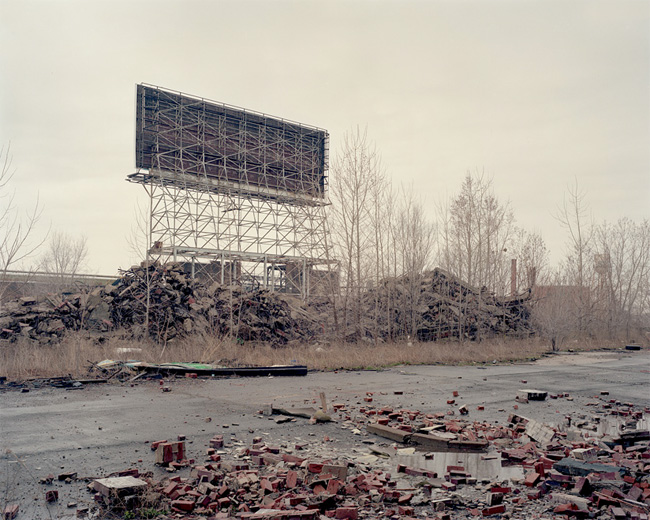
Her hair was once lush
Her skin dewy
as the early day
She used to greet me with a smile
and she would say
How do you do?

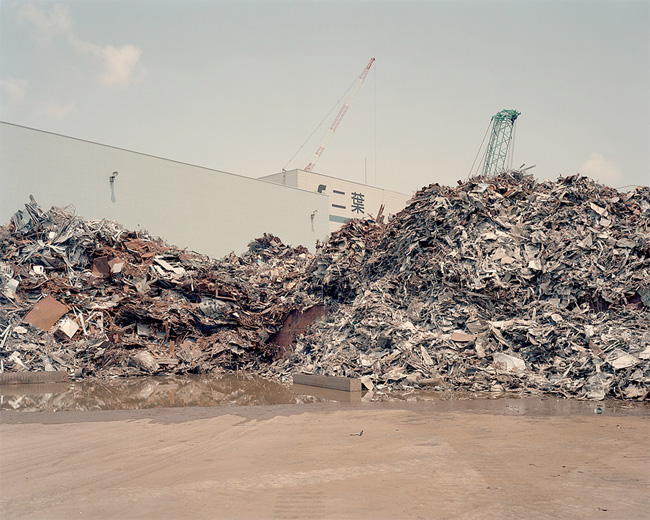

But now there she lays
Her legs splayed
Wasting away
Her gift of life stolen
From the caress of her thighs
Slayed and flayed
Her empty gaze
Sullen and soulless
Dwells on yesterday
and she faces what lies ahead
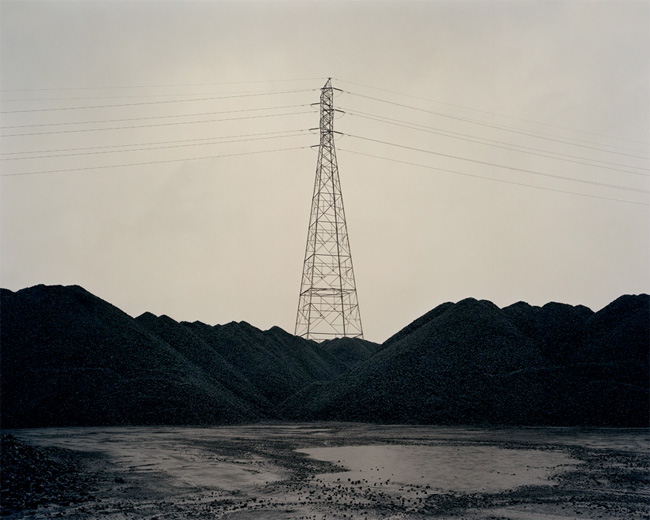

Images by Jason Koxvold.
Tags: Photography, Poetry
Posted in Uncategorized | No Comments »
Thursday, 8 April 2010
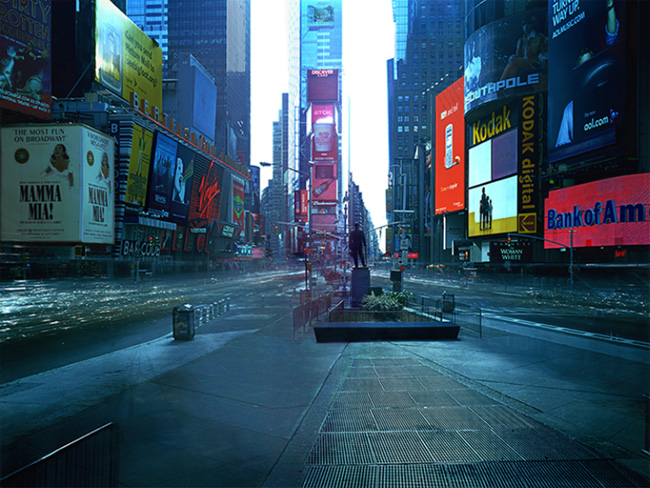
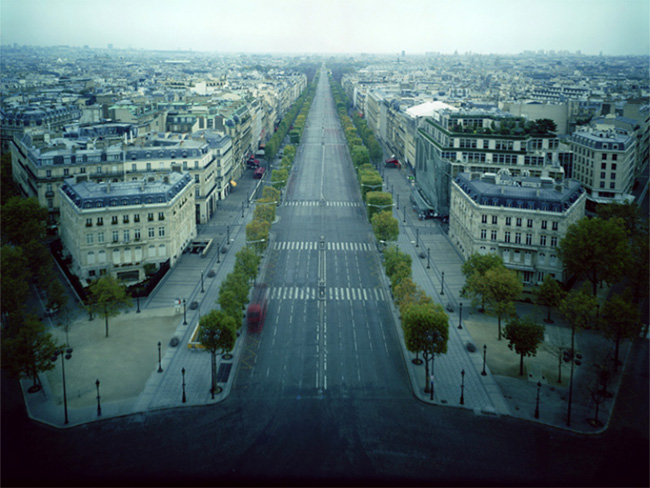
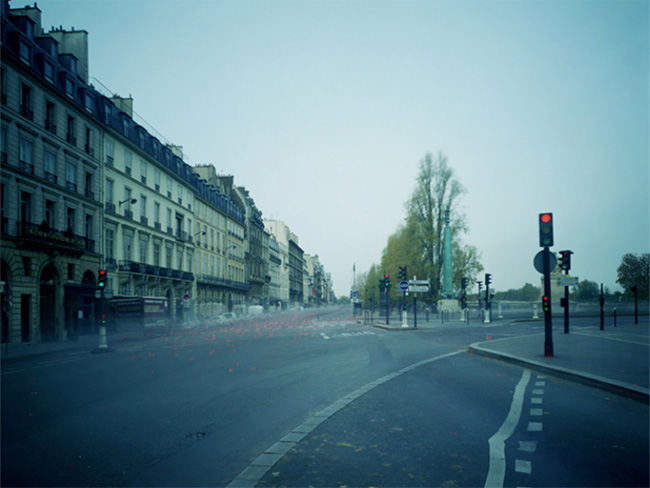
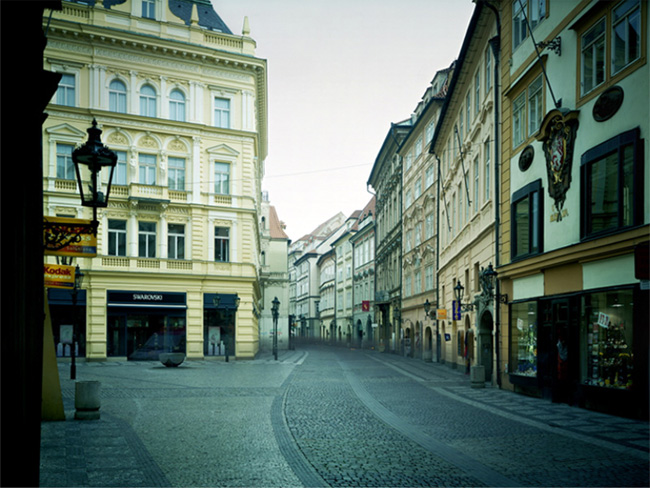
I walk into the masses of people. I look up into the sky and see the buildings, majestic and tall, obscured by the glare of the sun. This is the beehive - the heart of the city. People buzz past me. The car engines whir in traffic jams, their exhaust pipes huffing and puffing. Soon, they are off to the next block, leaving a trail of toxic gas billowing skyward. Chaos is the very essence of this environment. Without it, the buildings that otherwise stand so proud seem lost and confused. They thrive on pedestrians and motorists fawning over them. They really crave the attention they get from 9 - 5.
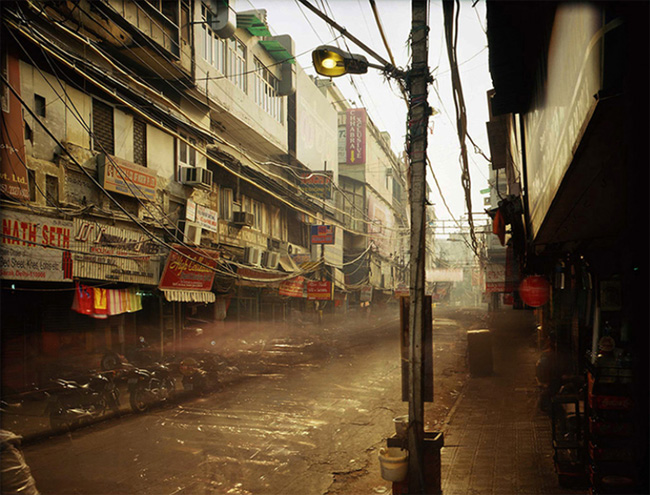
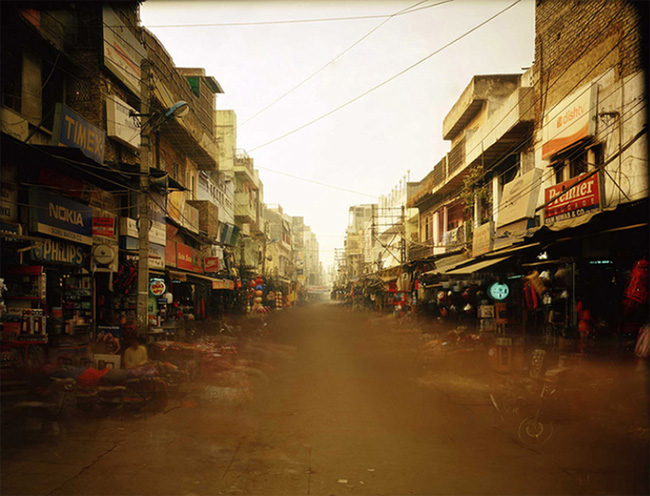
Long exposure images by Atta Kim.
Tags: Photography
Posted in Uncategorized | No Comments »
Tuesday, 6 April 2010
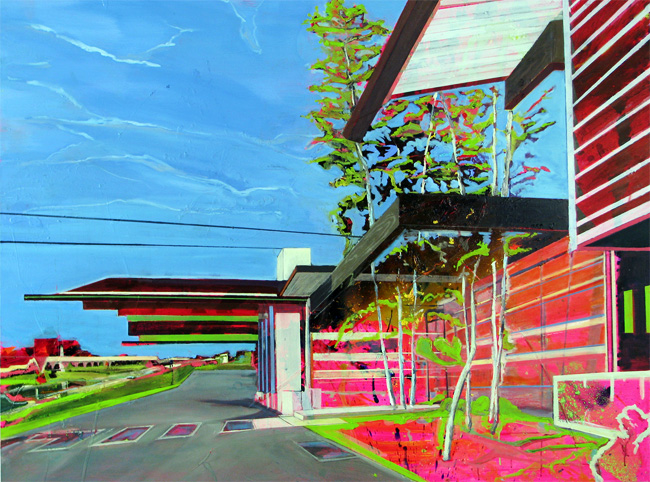
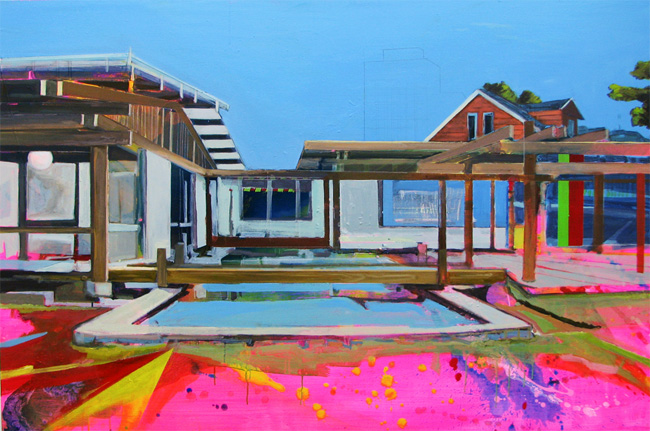

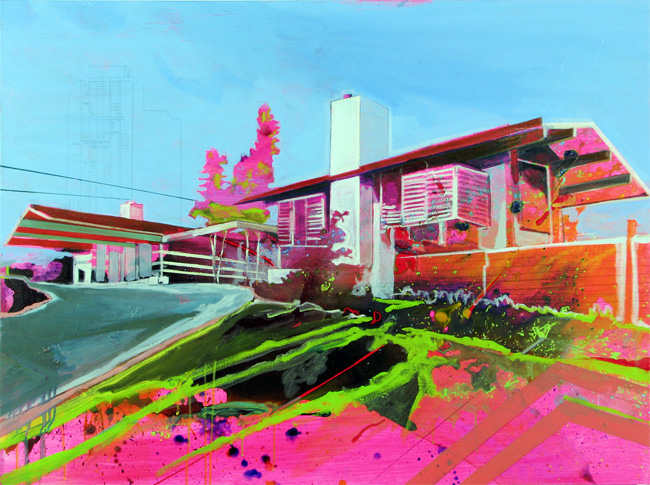
I have always had an interest surrounding social interaction and architectural space, though throughout the past few years I have been articulating the compositional elements within my work and highlighting the dynamism of spaces in my work through exposing my process. I explore a variation of paint application, expressive mark making, bright under-painting and optical mixing. The bright under paintings act as unifying devices that localizes colour and provide the viewer with entrance and exit points throughout the painting. The layering of colour and forms and the combination of existing, familiar forms with imagined components acts as a visual dialect that expresses my interpretation of the urban dynamic. I want my work to allow for the viewer’s engagement on multiple levels. It is my intention that the artificial constructions I create will generate contemplation of the ongoing development of the social spaces in which we live. The spatial relationships that exist between humanity and architectural spaces are integral to an understanding of our visual world, as we make deliberate choices to define our surrounding spaces we are ultimately defined and affected by the spaces that surround us.

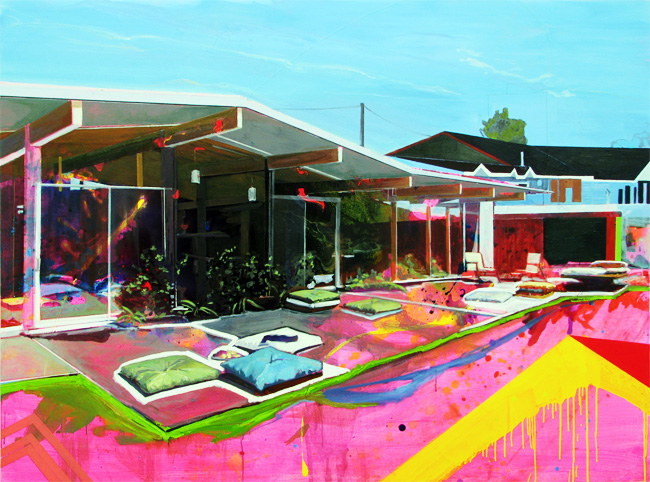
Images by Canadian artist James Olley. Additional text sourced from Artist’s Statement.
Tags: Architecture, Art, Painting
Posted in Uncategorized | No Comments »
Monday, 5 April 2010
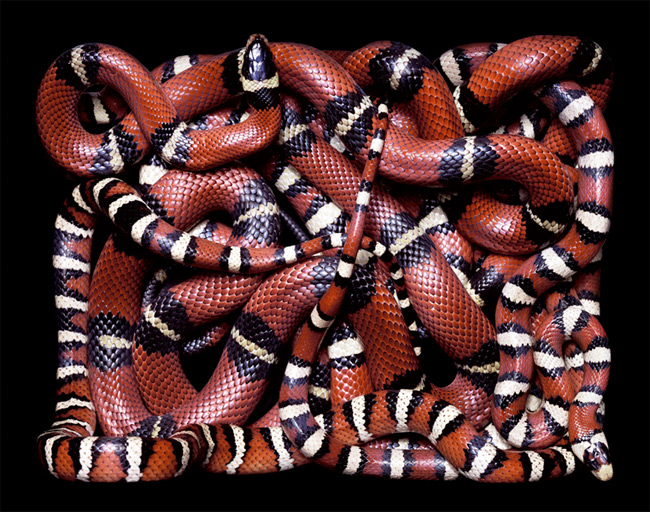
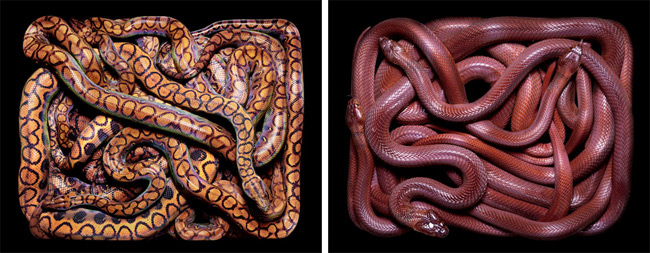
I do not deny that I fear snakes. I am not ophidiophobic, but my heart has thus far raced each time I encountered one. Why do we fear snakes so? Yes, some are venomous, but is it really the venom that instills fear? As terrifying as they may be, they are stunning works of nature. Such slithering sensuality, such grace…
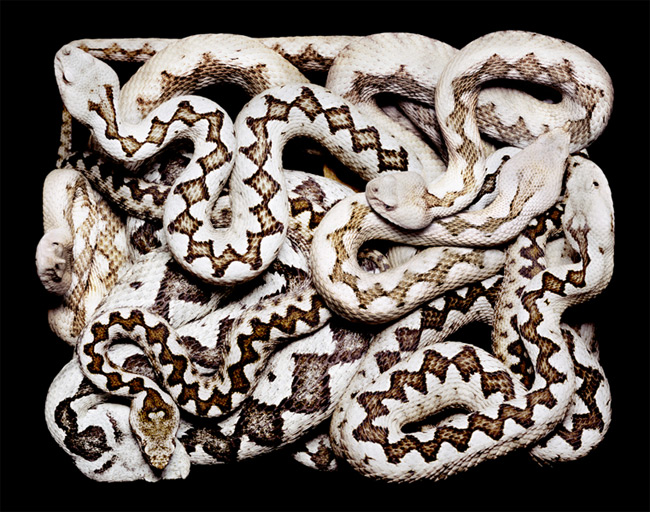
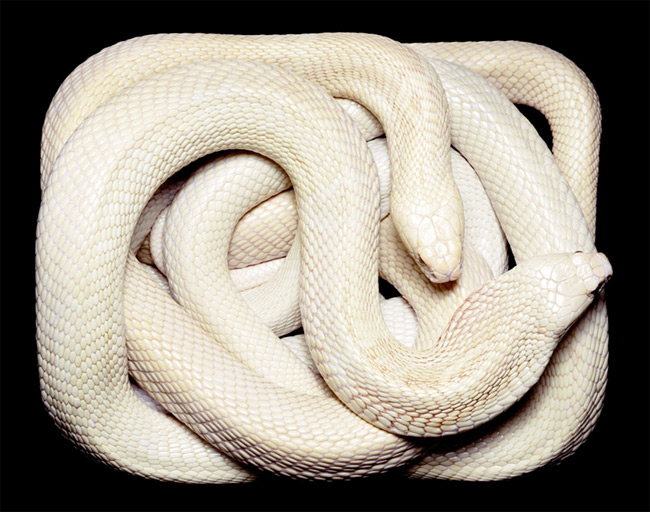
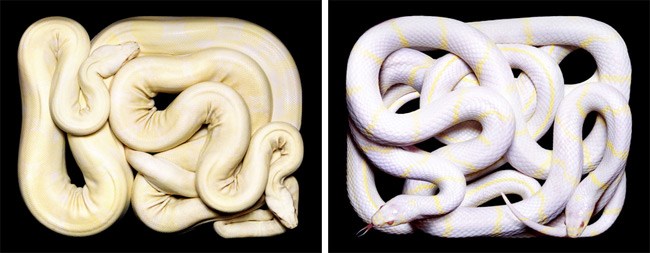
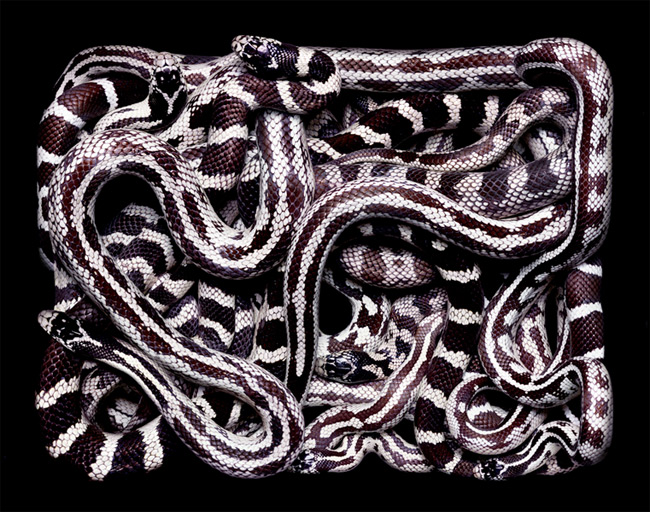
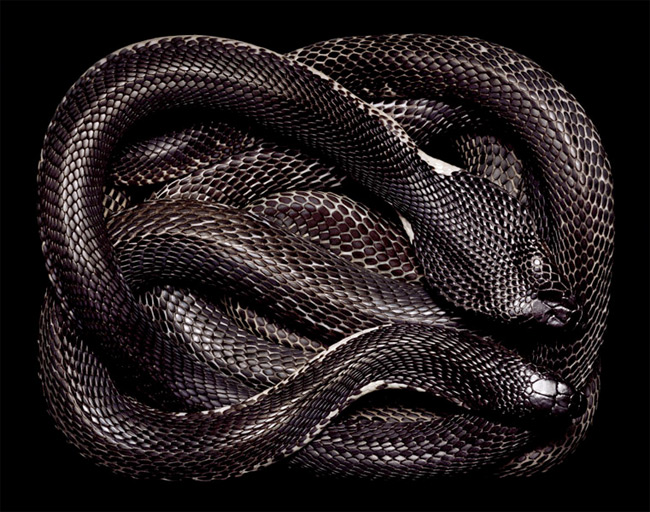
Images by Guido Mocafico.
Tags: Photography
Posted in Uncategorized | No Comments »
Sunday, 4 April 2010
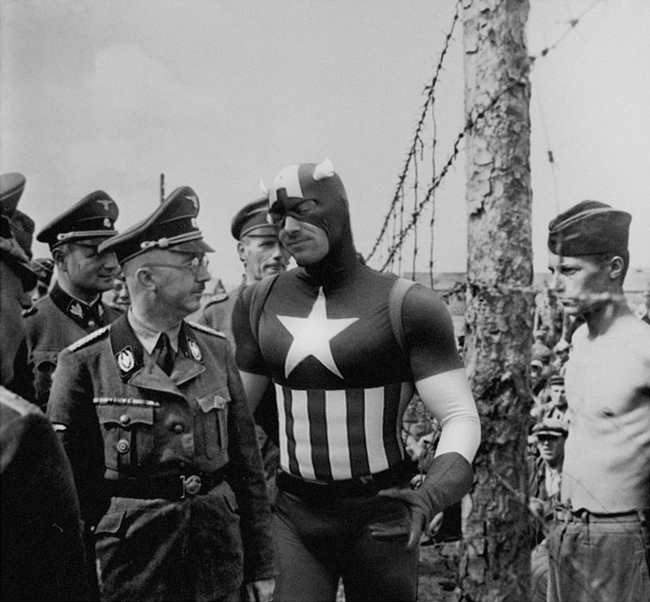
The essence of a rational morality is a ruthless dedication to reality and to the factual requirements of man’s life on earth. Man’s life requires the achievement of values: he must build his houses, grow his food, develop the medicines that cure the diseases which afflict him, and discover the principles in logic, philosophy, science, that make possible all these accomplishments and more. The achievement of values is not guaranteed, automatic or effortless. Struggle, i.e. the act of strongly-motivated striving, the pursuit of goals involving great exertion, even difficulty, is inherent in the nature of life. Man’s nature provides him with built-in needs and the ability to satisfy them–but not with the goods their satisfaction requires. These are the product of his own effort, often prodigious and sometimes in the teeth of antagonistic forces, be they insentient, bestial or human.
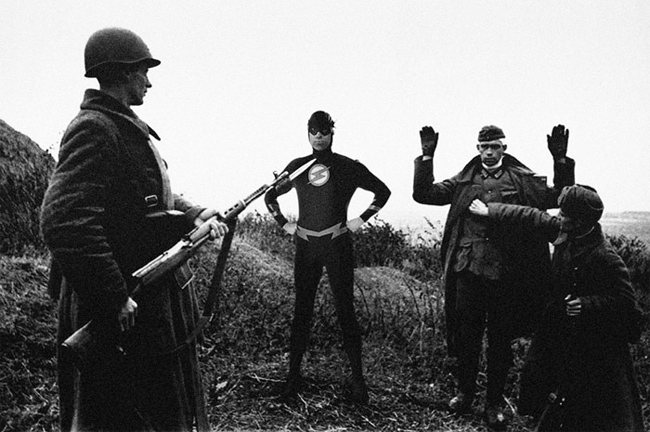
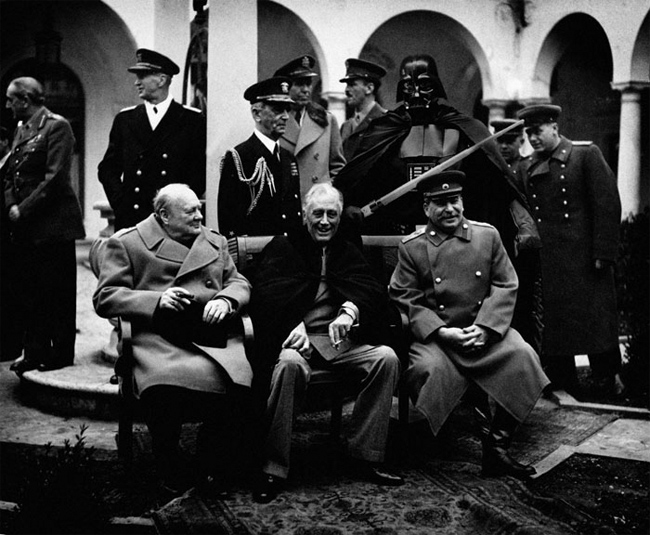
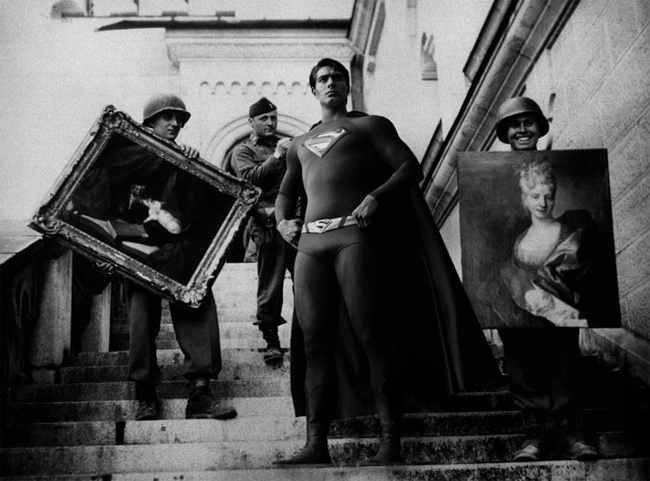
The hero is the man dedicated to the creation and/or defense of reality-conforming, life-promoting values. Because of the culture’s mind-body split the defender of rational values has very often been recognized whereas their creator has not. But the truth is that the man who creates values is the primary hero; the man who defends the creator from evil is a hero because the creator has made human life possible. This distinction must be made because of irrational philosophy dominating the culture. Nevertheless, in fact, both the industrialist who creates a new product and the police officer who rescues him from kidnappers are heroes–and for the same reason: the actions of both exhibit an unswerving loyalty, no matter the opposition, to the values required by human life. This is the indispensable moral pre-requisite of being a hero. Lacking this, one need not apply.
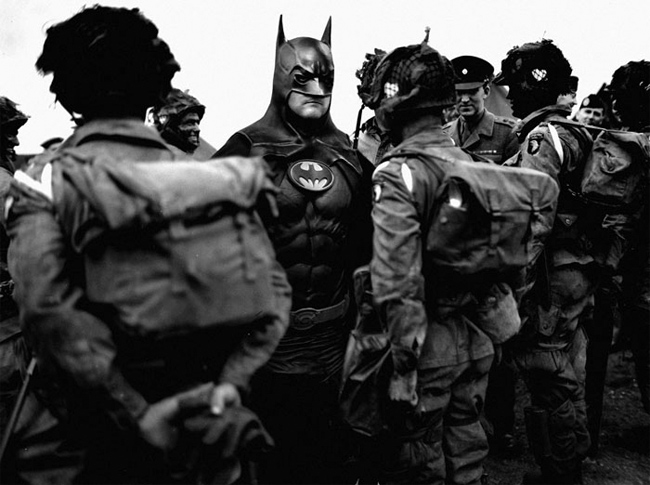
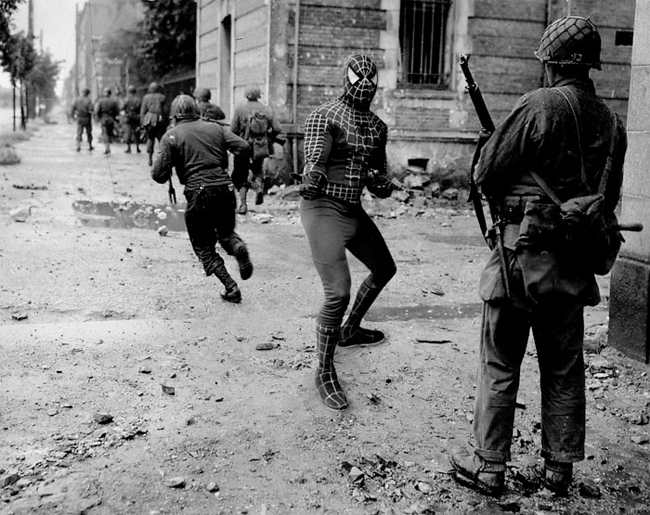
What defines heroism? Superman? Fidel Castro? Afghan resistance fighters? Our soldiers in Afghanistan? Captain America? Heinrich Himmler? Where does one cross over from heroism to terrorism? Where is the line separating freedom from oppression? Protagonist or antagonist? What lengths do we go to gain that bit of ego inflation?
Composite images by Agan Harahap. Additional text by Dr. Andrew Bernstein.
Tags: Photography
Posted in Uncategorized | No Comments »
Saturday, 3 April 2010
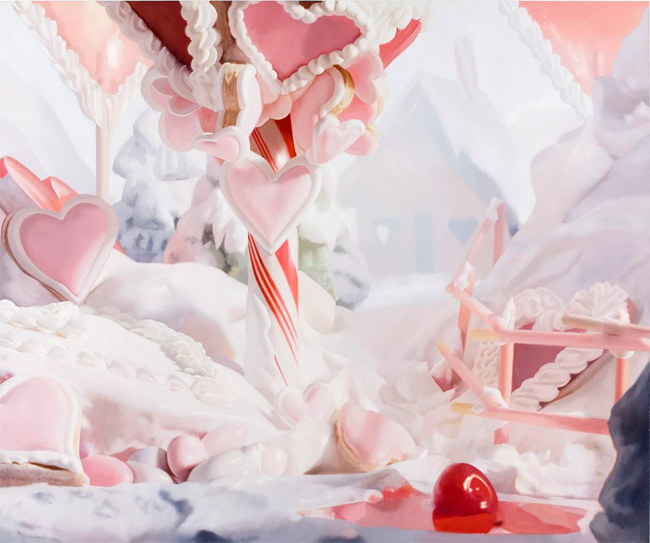
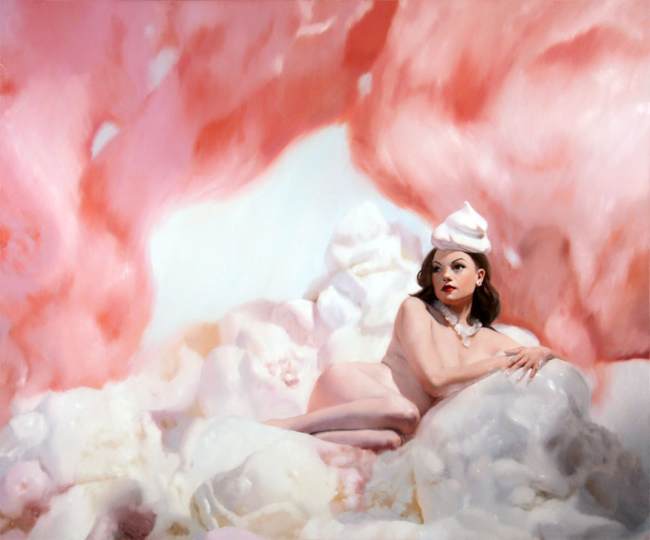
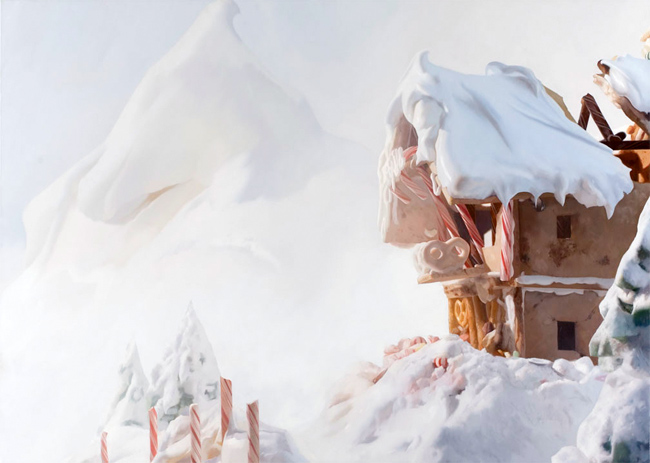
It is a vice. I do love sugar. But I used to have other vices too. I think the other vices have just fallen by the wayside, and sugar has stepped up a little bit to take their place. But that’s not actually why I got into it. In the beginning, I was looking at ad icons as a metaphor for pleasure and desire. Something that would be really universal. There’s something about sweets and sugar that makes most people’s eyes light up a little bit, or at least understand that it’s about a kind of desire that has no place in terms of necessity. So it’s just for pleasure, and that’s what I was after. I wanted to make a whole place that’s just about pleasure.
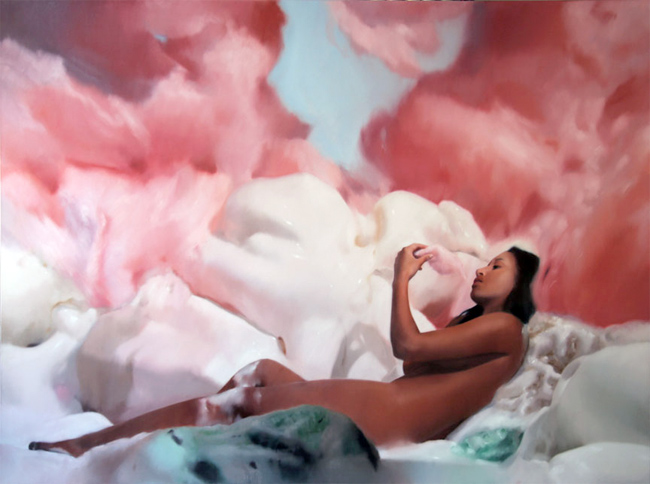
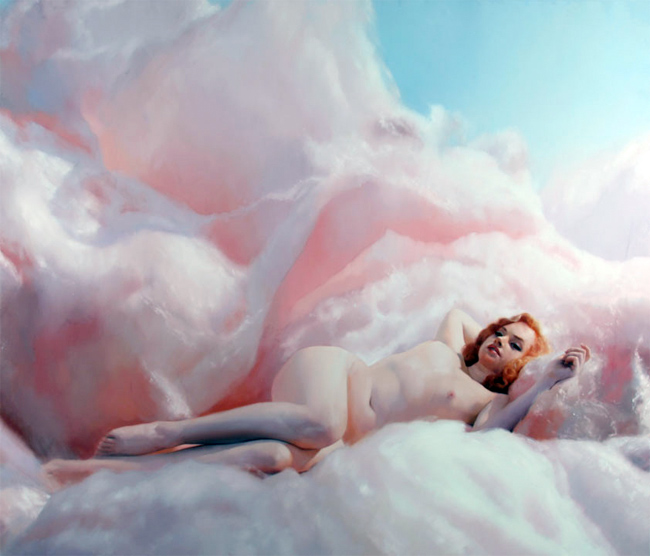
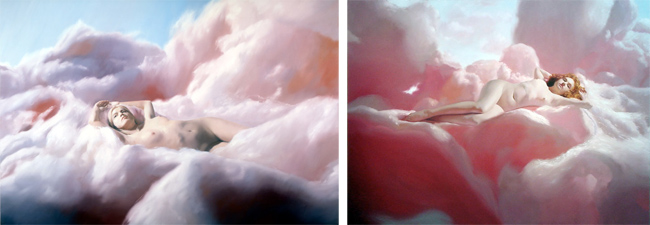
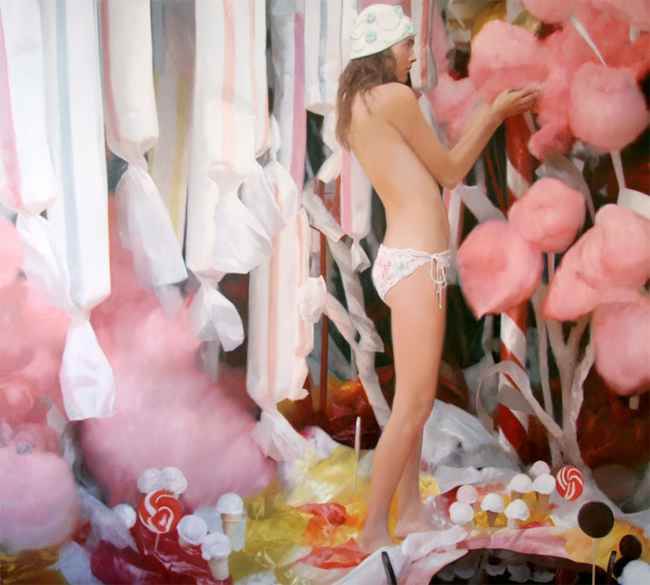
Text excerpted from interview by Ariston Anderson for 99%. Please visit Will Cotton’s website to view more of his work.
Tags: Art, Painting
Posted in Uncategorized | No Comments »
Friday, 2 April 2010

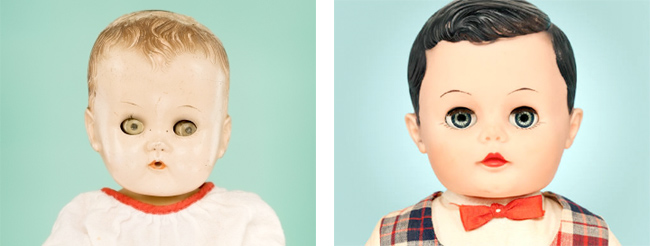
My sister was given a doll once not dissimilar from these ones. She was terrified of her. I always liked to lay the doll down and then set her upright again, just watching her close and open her eyes. She had overtly large green eyes and long luscious lashes that would flutter with every movement. As much as the blinking mechanism frightened my sister, I was fascinated by it. They were the only moving parts of the doll. So, I always wondered, why specifically the eyes?
Images by Fausta Facciponte.
Tags: Photography
Posted in Uncategorized | 1 Comment »
Wednesday, 31 March 2010
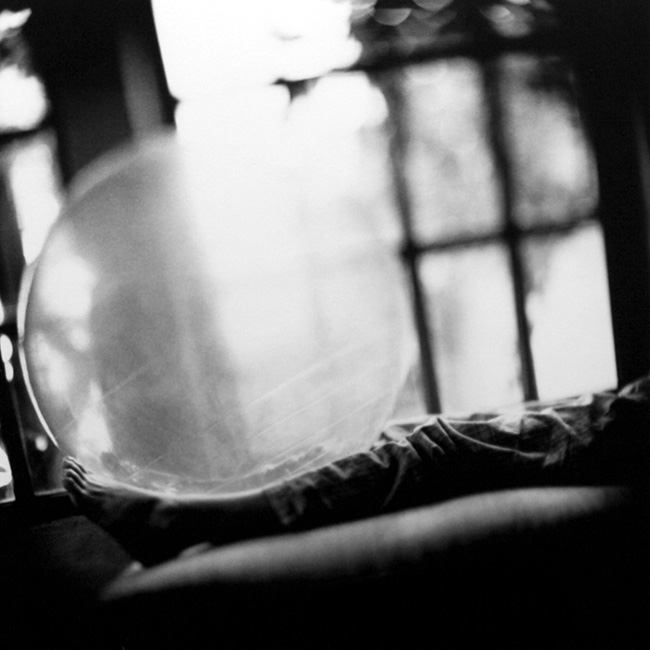
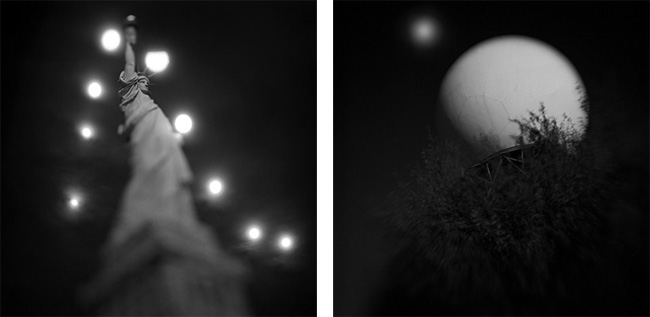
I wander the streets. I do not know where I am going. I seem to have lost my bearings, yet all I see seem strangely familiar. Perhaps I traipsed through this street a long time ago. I must have. Without much thought, I turn to the left. More of the same. I turn to the right. The surrounding is wildly different. The light is going. I see a few shadows. I turn to where I came from. The street is gone. Where am I?
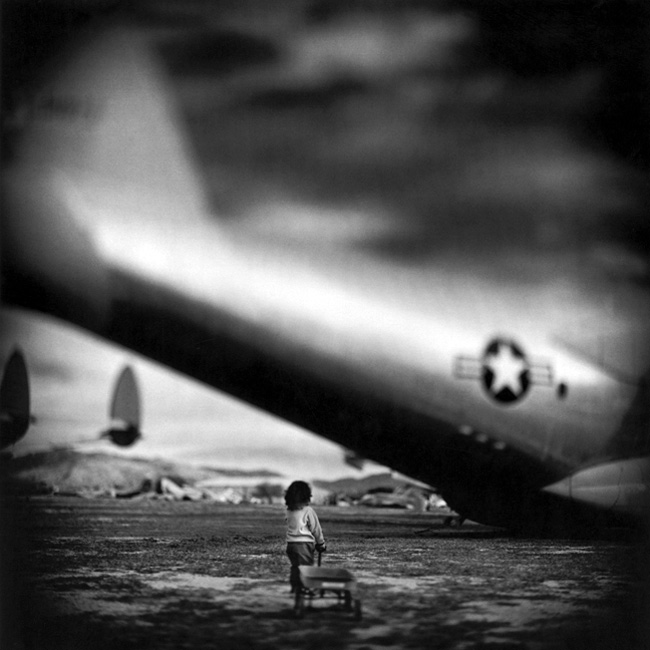
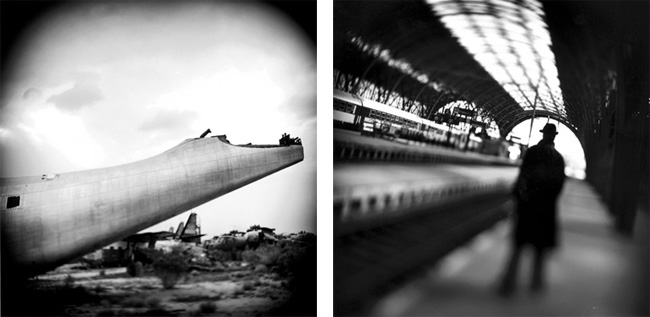
I’ve always loved those small fragments of paper that Fox-Talbot used in his early experiments making his “shadow pictures” – what we call photograms. Where I live, near the Big Thicket in East Texas, everything either flies, slithers, buzzes, or stings, hence some of my subject matter. Mostly, I was just trying to replicate the beautiful mottled tonality of some of photography’s pre-history images.
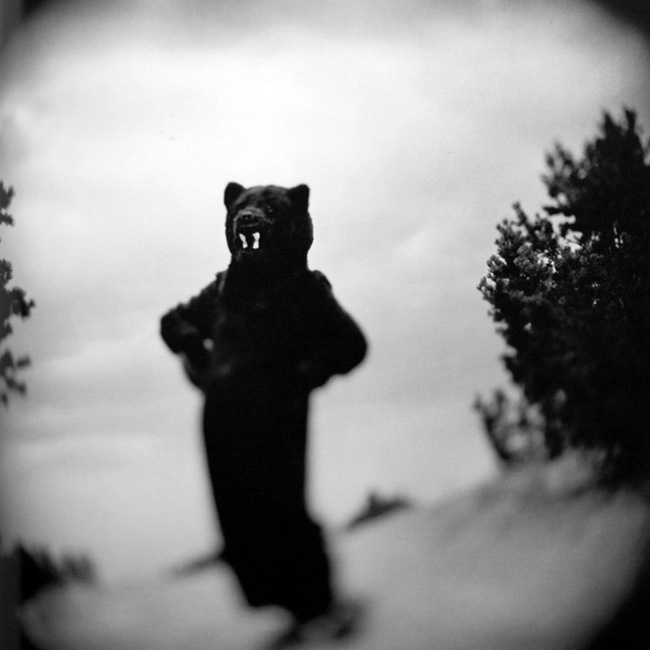

Images by Keith Carter. Additional text excerpted from Michael George’s interview with Carter.
Tags: Photography
Posted in Uncategorized | No Comments »
Monday, 29 March 2010
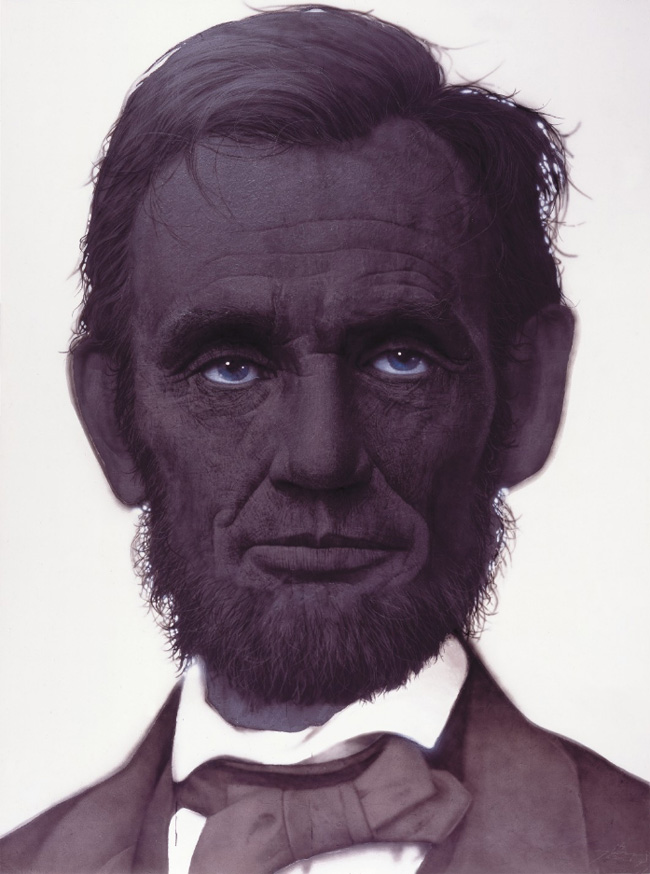
The audience detects Photorealism in Hyung Koo Kang’s work, but Kang is not a photorealist. Even though he admits that Chuck Close left an impression on his work, Kang’s work is fundamentally different from Photorealism, which transfers the photo into a painting. This is because Kang’s work is devoid of a preexisting photo of what is represented. In the case of Photorealism, the photograph is developed into a photorealistic work, so there is a certain subject that is represented. On the other hand, no matter how realistic Kang’s images are rendered, the subjects of his portrayal do not actually exist.
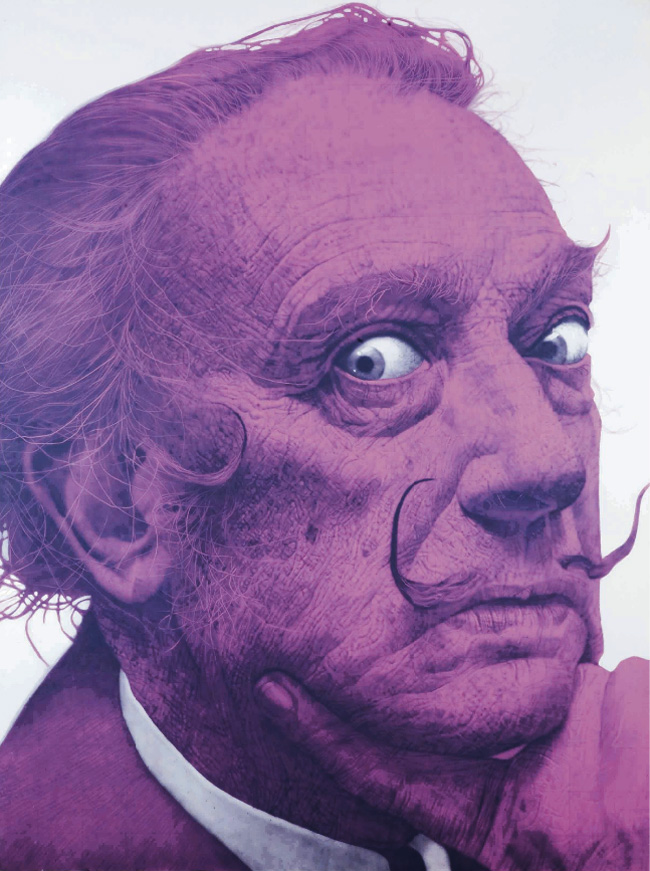
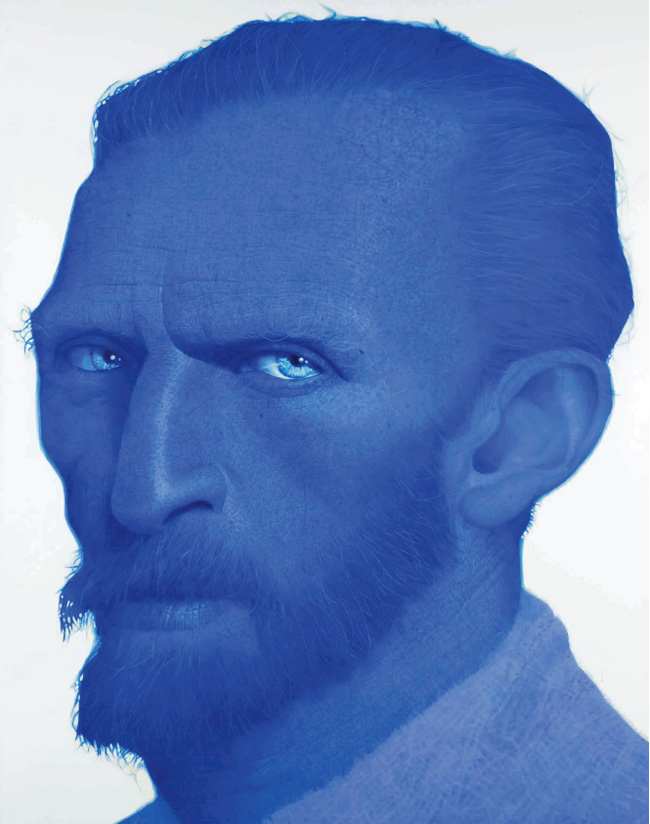
The stare penetrates the audience, and its power is prickling. The perceptibly tactile effect caused by the stare, and the resulting intimate relationship between the work and the audience define the ‘punctum’ situated in Kang’s work. According to Roland Barthes, the photograph’s punctum comes from indexicality, or from the things that actually existed. However, Kang’s work rests on fiction. It is a lie that presents what was never there as something that once was. How can an image without indexicality have punctum?
Such possibility depends on how the meaning of reality has changed. Warhol’s reality was made by reproducing. However, today’s reality does not just rest on being reproduced but simultaneously being created or synthesized. Reality is no longer something given (datum). It is already something artificially synthesized (factum), created by digital production and composition. To the digital audience, the reality itself is taken as an image that is created and composed. Hyung Koo Kang’s work illustrates that through the visual actualization, the synthetic reality can also have punctum.
Text written by Jungkwon Chin for Arario.
Tags: Art, Painting
Posted in Uncategorized | 1 Comment »
Sunday, 28 March 2010
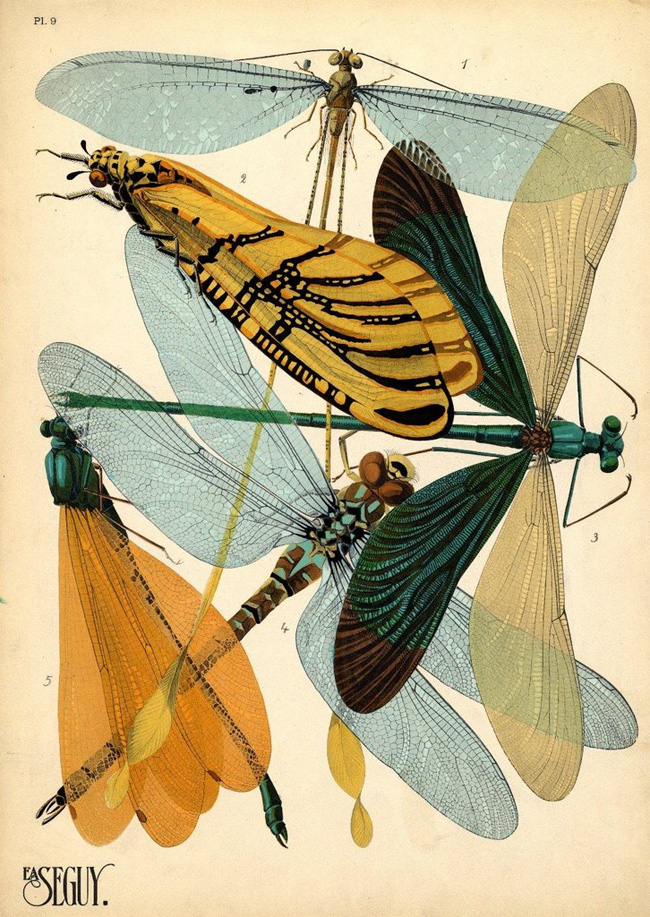
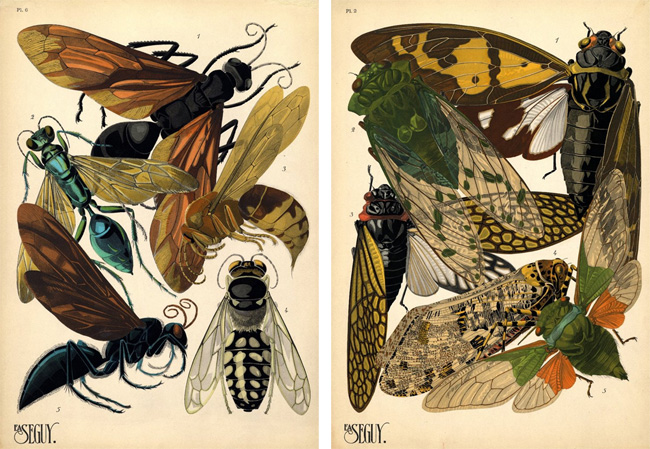
Growing up, I would kill various insects and worms without a second thought. They were wee pests in my rather dubious understanding of nature. Then came Biology class. Oh how I hated it. But I remember that one fateful day very clearly - the compound eyes of a dragonfly. I was mesmerised by the thousands of photoreceptor units on the macro sketch of a compound eye. I knew right then that nature is capable of much more than I understood and that I had thus far overlooked. Every being in life is a piece of art, painted with the brush strokes of evolution over millions of years. Flora or fauna, we are all creations of nature, right down to the little critters that I used to deem highly dispensable in life…
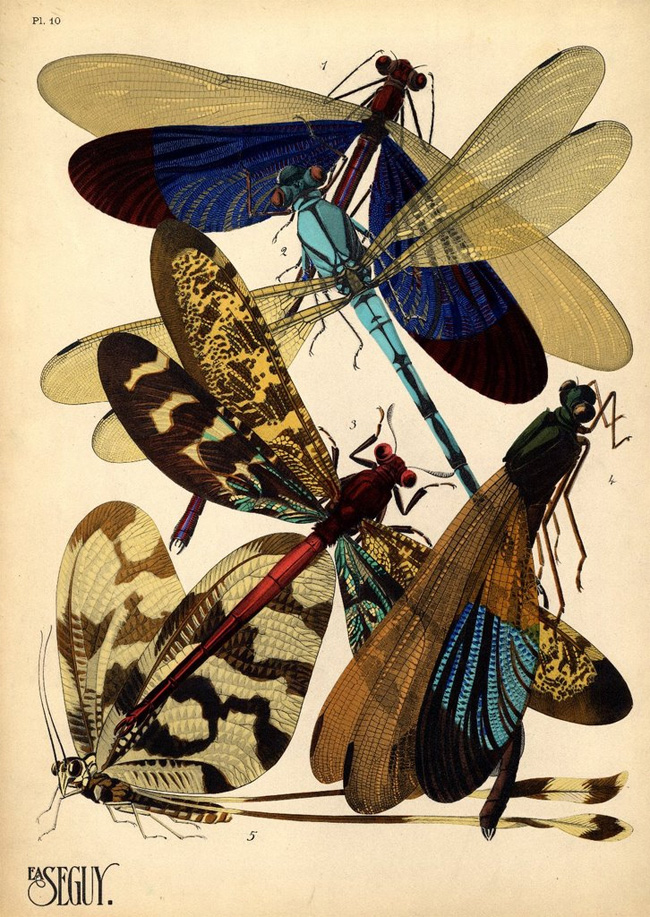
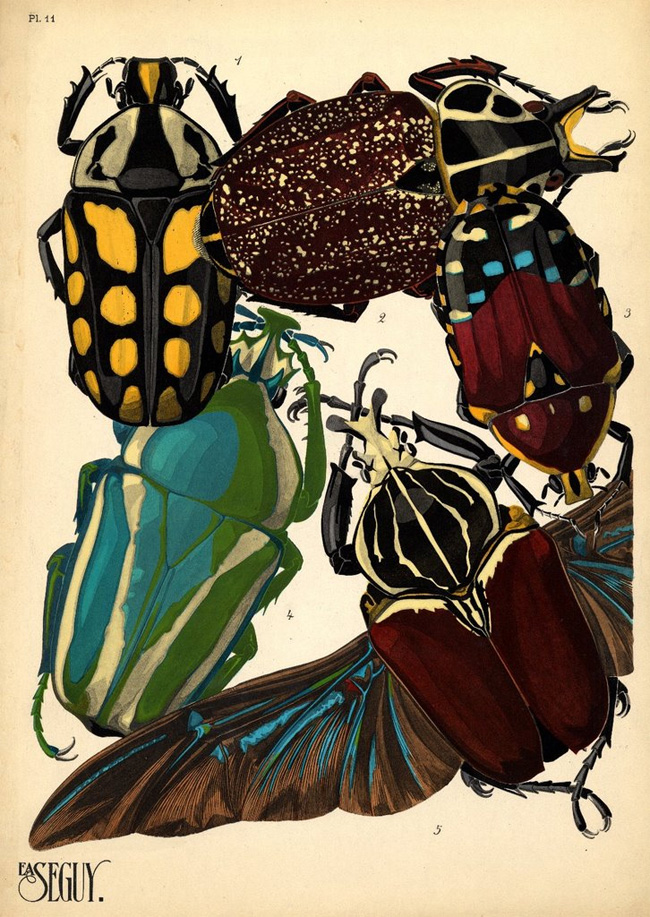

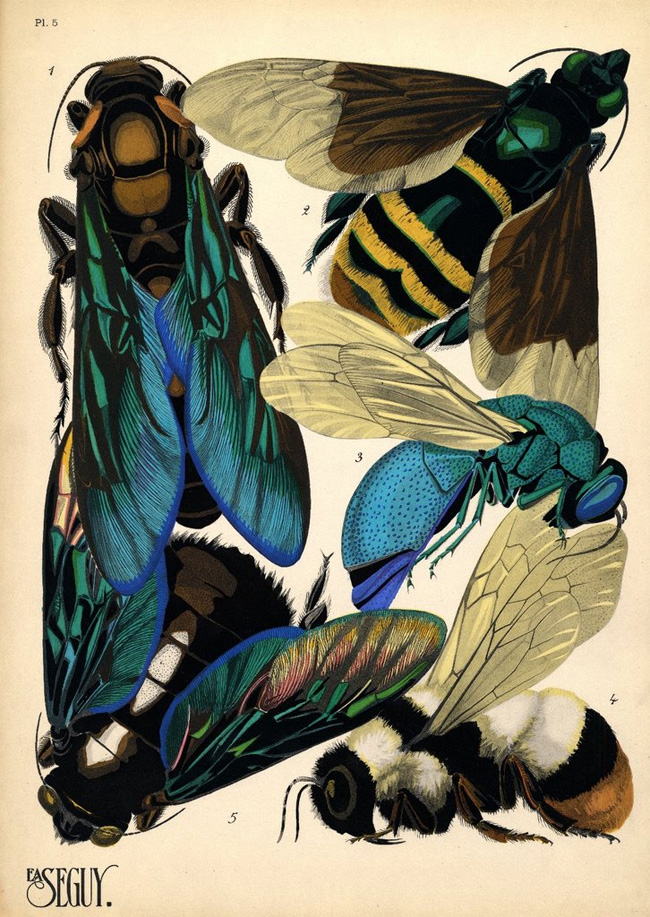
Séguy… is best remembered for a… series of prints he produced in the 1920s - ‘Papillons’ and ‘Insectes’… The wonderfully lush and vibrant colours… come from the multiple-stencil technique of pochoir printing, usually associated with the Art Nouveau and Art Deco movements. Séguy consulted textbooks in an effort to bring a scientific level of accuracy to his work and included the species names and geographic origins.
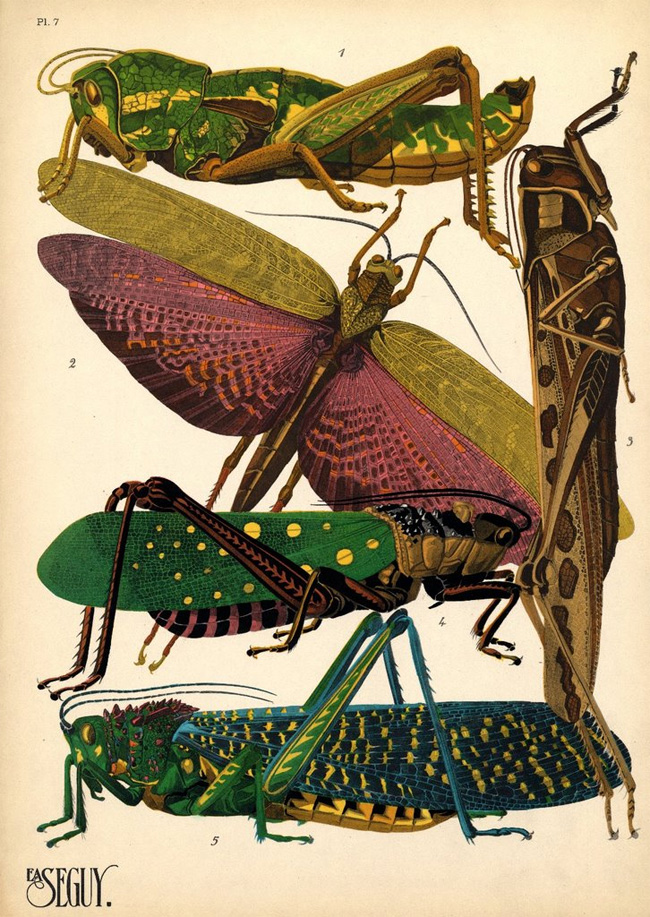
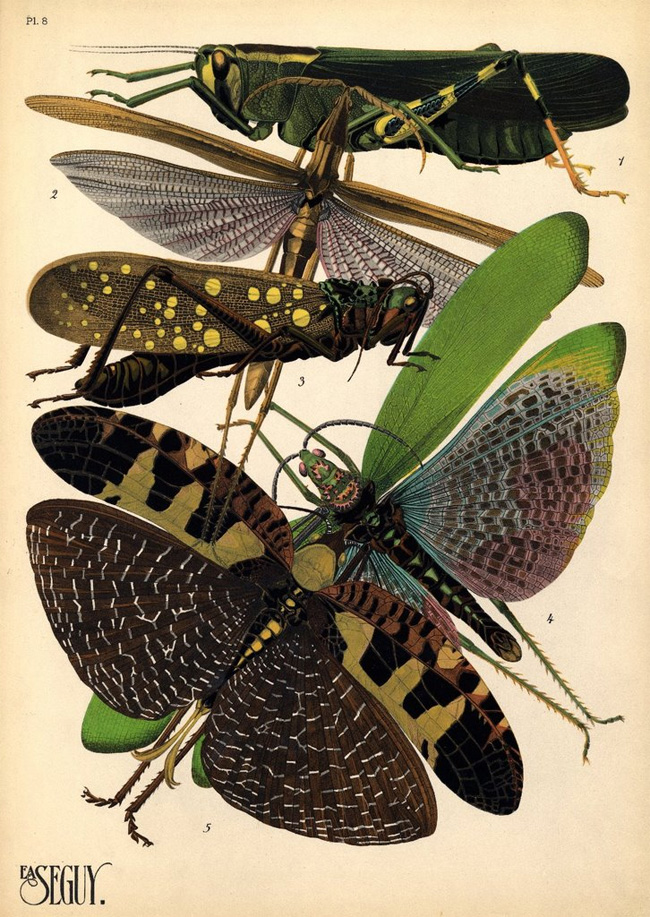
Prints and additional text sourced from BibliOdyssey.
Tags: Art, Illustration
Posted in Uncategorized | No Comments »



























































